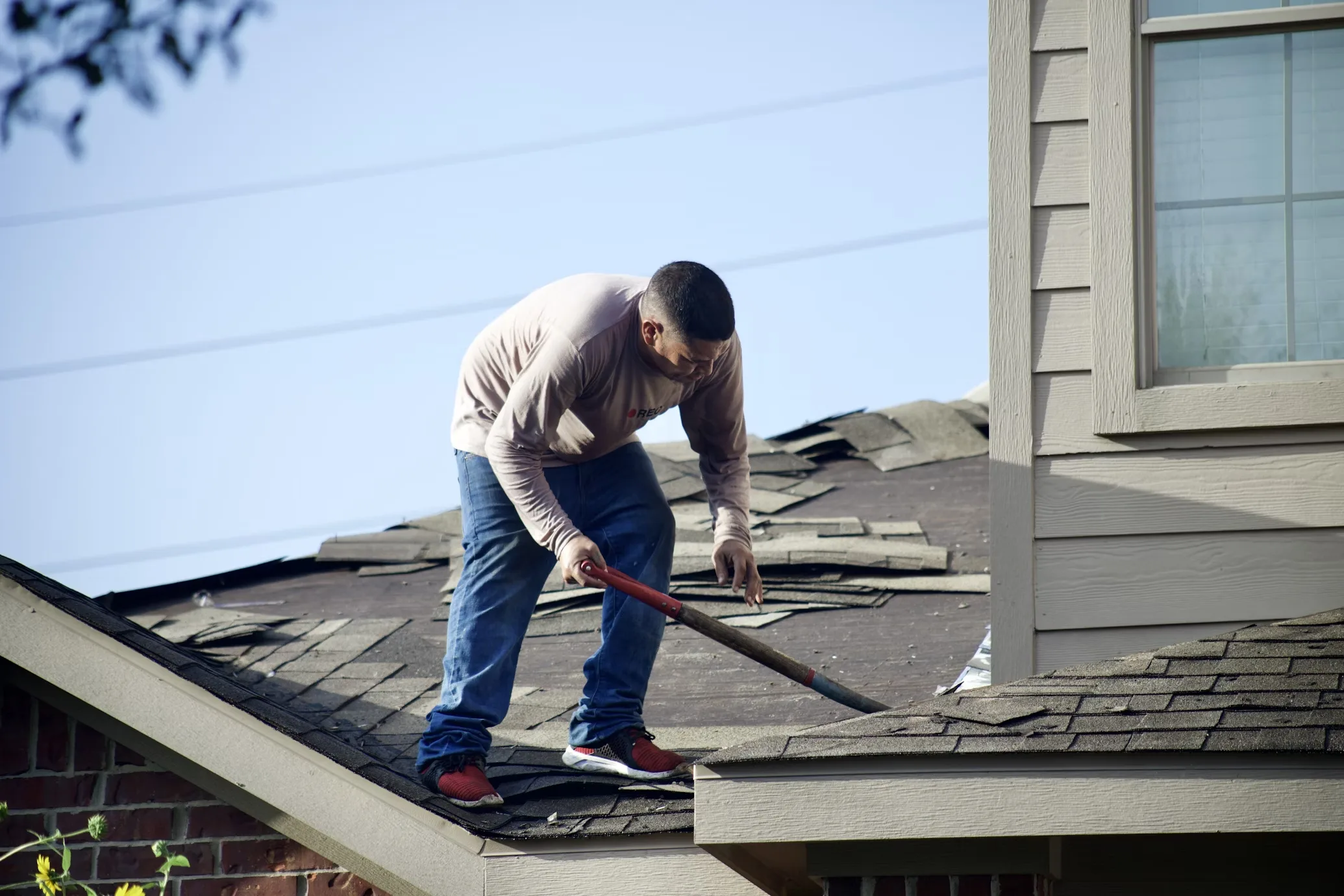4 minute read
Are you a homeowner in need of a roof replacement? Whether it’s due to old age or damage from severe weather, replacing your roof can be a major undertaking. It’s important to approach this project with careful consideration and planning to ensure that you make the best decisions for your home and budget. In this guide, we will discuss the essential steps and considerations for homeowners when it comes to replacing their roofs. From choosing the right materials to finding a reputable contractor, we will cover everything you need to know before embarking on this major home improvement project.
Assessing Your Roof’s Condition
Before you begin the process of replacing your roof, assess its current condition. This involves inspecting for any visible damage such as missing or cracked shingles, leaks, or sagging areas. You may also want to have a professional roofing services company come and do an inspection to identify any potential underlying issues that may not be immediately visible. Assessing your roof’s condition will give you a better idea of the scope of work needed from a trusted roofer and help you determine what materials and steps are necessary for a successful replacement. These steps can help you budget accordingly and avoid any surprises during the project.
Selecting the Right Materials for Your Home
The material you choose will not only affect the overall look of your home but also its durability and maintenance requirements. Some popular options for roofing materials include asphalt shingles, metal, wood shakes, and slate. Consider factors such as your budget, climate, and aesthetic preferences when making this decision. Choose high-quality materials that are suited to the specific conditions of your area. Consulting with a professional roofing contractor can help you make an informed decision based on your needs and budget. Keep in mind that investing in high-quality materials now can save you money and headaches in the long run.
Cost Considerations and Budget Planning
Have a budget in mind before starting the project and stick to it as closely as possible. Keep in mind that while high-quality materials may come with a higher upfront cost, they can save you money in repairs and replacements down the road. Moreover, consider factors such as labor costs, permits, and fees, and any potential additional expenses that may arise during the project. Be sure to get quotes from multiple contractors and compare them thoroughly before making a decision. This will ensure that you are getting the best value for your money and avoid any unexpected costs. Have a contingency fund in case any unforeseen issues arise during the project. Planning accordingly can help you stay within your budget and complete your roof replacement without financial stress.
Scheduling and Preparing for the Replacement Process
Consider factors such as weather conditions, availability of contractors, and any potential disruptions to your daily routine during the project. Prepare your home for the replacement by clearing out any outdoor furniture or vehicles that may hinder the work. Make sure to communicate with your contractor about their timeline and any necessary preparations on your end. Being well-prepared and organized can help ensure a smooth and timely completion of your roof replacement.
Proper Maintenance and Care After Installation
After your roof replacement is complete, properly maintain and care for your new roof. The first step is to educate yourself on the best practices for your specific type of roofing material. This may include regular inspections, cleaning, and addressing any minor repairs promptly. Keep an eye out for potential issues such as leaks or damage from severe weather. Regular maintenance can prolong the lifespan of your roof and save you money in the long run. Make sure to follow any specific care instructions provided by your contractor. They may recommend certain products or methods for keeping your roof in top condition.
Ensuring Long-Term Protection for Your Investment
When replacing your roof, be sure to inquire about warranties and guarantees offered by your contractor or the manufacturer of your chosen materials. A comprehensive warranty can provide peace of mind in case any issues arise with your new roof. Make sure to understand the terms and conditions of the warranty, including what is covered and for how long. Proper maintenance as discussed above can also help ensure that your roof remains under warranty.
Replacing your roof is a major project that requires careful consideration and planning. With these essential steps and considerations in mind, you can confidently embark on your roof replacement journey as a homeowner. If you are considering a roof replacement, be sure to take the time to carefully research and plan before making any decisions.





